Research Research Highlights
Research Highlights
Research Highlights
Research Highlights
Research Highlights 미리보기
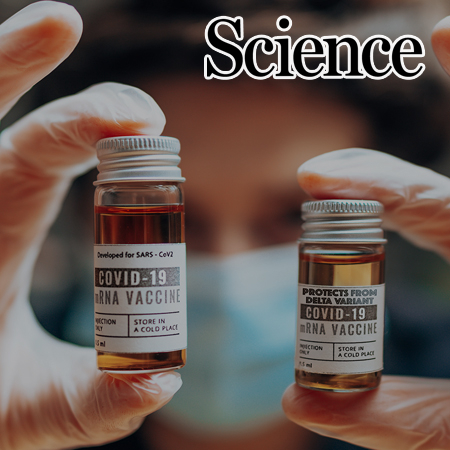
First to Uncover What Happens to mRNA Vaccines in the Body
Prof. V. Narry Kim
A Korean research team has, for the first time globally, elucidated the intracellular mechanisms by which mRNA vaccines function, marking a significant advancement in RNA-based therapeutics.
Research Highlights Board
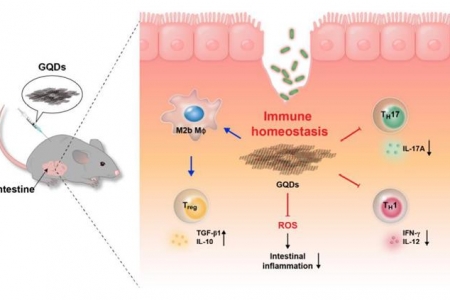
Graphene quantum dots as anti-inflammatory therapy for colitis
Prof. Kyung-Sun Kang
Abstract While graphene and its derivatives have been suggested as a potential nanomedicine in several biomimetic models, their specific roles in immunological disorders still remain elusive. Graphene quantum dots (GQDs) may be suitable for treating intestinal bowel diseases (IBDs) because of their low toxicity in vivo...

The stone-base illusion
Prof. Songjoo Oh
Abstract A popular method used to construct the post structure in traditional Korean buildings is simply placing a stone base on the ground in the natural form and a wooden post on top of the stone base. Interestingly, an illusory visual completion often occurs at the joint where the stone base and the post join. Thus,...
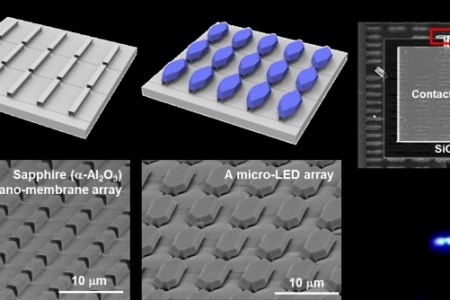
A discrete core-shell-like micro-light-emitting diode array grown on sapphire nano-membranes
Prof. Euijoon Yoon
Abstract A discrete core-shell-like micro-light-emitting diode (micro-LED) array was grown on a 100 nm-thick sapphire nano-membrane array without harmful plasma etching for chip singulation. Due to proper design for the sapphire nano-membrane array, an array of multi-faceted micro-LEDs with size of 4 μm × 16 μm was gro...
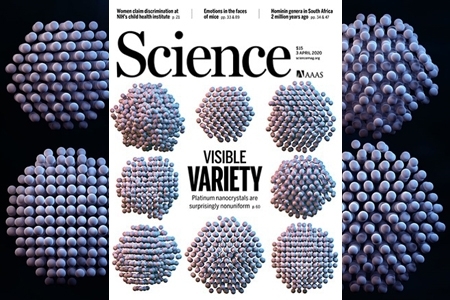
Critical differences in 3D atomic structure of individual ligand-protected nanocrystals in solution
Prof. Jungwon Park
Seeing subtle nanoparticle differences A challenge in the fabrication of nanoparticles is that even for particles of uniform size, there will still be a distribution in the atomic arrangements and surface capping ligands from one particle to the next. Using liquid-cell transmission electron microscopy, Kim et al. recon...
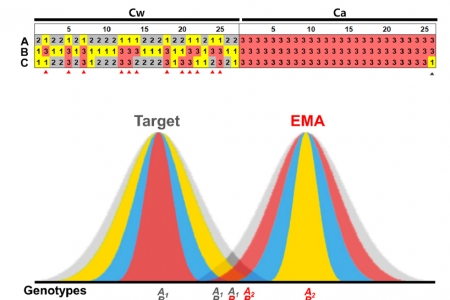
Mitochondrial plastid DNA can cause DNA barcoding paradox in plants
Prof. Tae-Jin Yang
The transfer of ancestral plastid genomes into mitochondrial genomes to generate mitochondrial plastid DNA (MTPT) is known to occur in plants, but its impacts on mitochondrial genome complexity and the potential for causing a false-positive DNA barcoding paradox have been underestimated. Here, we assembled the organell...
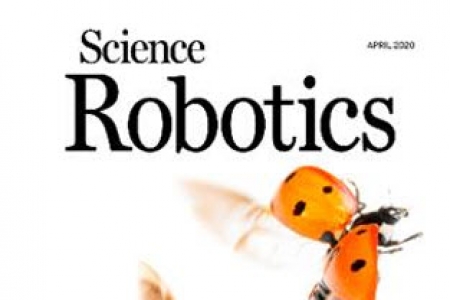
Ladybird Beetle Inspired Compliant Origami
Prof. Kyu-Jin Cho
Authors Sang-Min Baek, Sojung Yim, Soo-Hwan Chae, Dae-Young Lee, Kyu-Jin Cho Affiliations Soft Robotics Research Center, Seoul National University, Seoul, Republic of Korea. Department of Mechanical and Aerospace Engineering, Institute of Advanced Machines and Design, Seoul National University, Seoul, Republic of Korea...

Secrets of the novel coronavirus unearthed: SNU Professors Kim and Chang collaboratively revealed the architecture of the SARS-CoV-2 transcriptome
Professor Kim V. Narry & Professor Chang Hyeshik
Despite intensive efforts worldwide to contain the spread and find a cure for COVID-19, relatively little is known about the basic biology of the virus. This is now changing. Professor Kim V. Narry, Director of RNA research at the Institute for Basic Science (IBS), Professor Chang Hyeshik from the Department of Biologi...
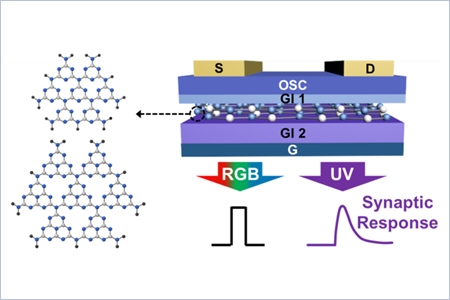
Retina-inspired photo-sensitive neuromorphic electronics
Prof. Tae-Woo Lee
- Photo-sensitive neuromorphic devices can be used for robots, neural prostheses, and healthcare electronics. - Seoul National University and Inha University, South Korea Researchers at Seoul National University and Inha University in South Korea developed photo-sensitive artificial nerves that emulated functions of a ...
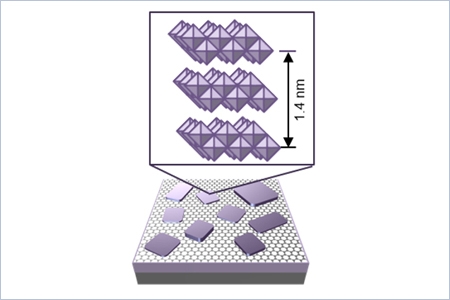
Epitaxially-grown molybdenum oxide advances as a bulk-like 2D dielectric layer
Prof. Gwan-Hyoung Lee
Since the successful isolation of graphene from bulk graphite, remarkable properties of graphene have attracted many scientists to the brand-new research field of 2D materials. However, despite excellent carrier mobility of graphene, direct application of graphene to field-effect transistors is severely hindered due to...
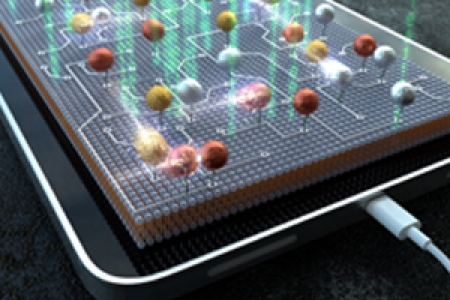
Nanoparticle Computing Takes a Giant Step Forward
Red, gold, silver spheres on a lipid chip represent metal nanoparticles with strong and distinct scattering signals. The nanoparticles are functionalized with specially designed DNA ligands, and the surface ligands render receptor-floater interactions programmable, thereby transforming a pair of receptor and floater in...
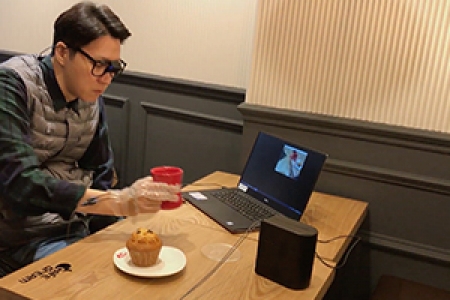
Eyes are faster than hands: Vision-based machine learning for soft wearable robot enables disabled person to naturally grasp objects
SNU Soft Robotics Research Center has developed a soft wearable hand robot that can aid the hand-disabled by using machine learning algorithm and sensory hardware. Professor Sungho Jo (KAIST) and Kyu-Jin Cho (Seoul National University), a collaboration research team in Soft Robotics Research Center (SRRC), Seoul, Korea...

Professor Lee’s New Holographic Microscopes
Professor LEE Byoungho Professor Lee Byoungho (Dept. of Electrical Engineering) has developed a microscope that produces images three to four times better in quality than those of currently existing holographic microscopes. Compared to other holographic microscopes, Professor Lee’s microscopes are able to not only capt...

